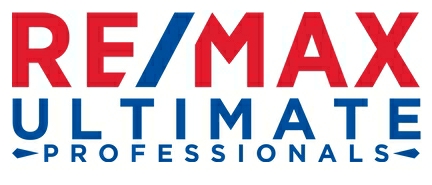 |
| freedigitalphotos.net |
- GFE and HUD-1: GFE stands for good faith estimate and is a document for borrowers listing estimated costs of the mortgage loan including points (if any), lender’s origination fee, title insurance, attorney fees, etc. HUD-1 refers to the Department of Housing and Urban Development. Once the mortgage closes, the actual costs of the loan are reflected on a HUD-1 form.
- DTI: Debt to income ratio, which is found by dividing the borrowers monthly bills by monthly income before tax, and then finding a percentage, is used by lenders to determine how much a borrower can afford to pay each month.
- LTV: LTV stands for loan to value and is one way for lenders to assess the risk of a loan. The loan to value ratio is the mortgage divided by the purchase price or appraised value of the home. Borrowers with an LTV of less than 80% usually get the lowest rates since they are seen as less of a risk.
- RESPA and TILA: The Real Estate Settlement Procedures Act (RESPA) and the Truth in Lending Act (TILA) are the two main federal legislations that regulate mortgage lending to consumers. For example, RESPA requires lenders to provide borrowers with a GFE within 3 days of applying for a loan and the HUD-1 form prior to or at the closing. TILA requires lenders to give borrowers clear terms and costs for a loan.
- PMI and MIP: PMI stands for private mortgage insurance and it is paid by the borrower if a down payment of less than 20% is made or when the borrower has less than 20% equity in a refinance. MIP is for mortgage insurance premium and this is paid on loans insured by the Federal Housing Administration.
- ARM: An adjustable-rate mortgage is a home loan where the interest can change. These loans usually begin with a lower interest rate than fixed loans, however, the borrower can end up paying more than if they had a fixed rate loan.
- HELOC: A home equity line of credit lets homeowners borrow cash against the home equity. Loan to value ratio is often used to determine the credit limit and many times a HELOC will have a variable rate.
- VOR, VOM, VOD, VOE, and form 4506-T: When applying for a loan, lenders will need to verify facts about your personal finances. The process will usually involve some or all of the following forms: VOR or verification of rent, VOM or verification of mortgage, VOD or verification of deposit, and VOE or verification of employment. Borrowers can also be asked to provide Internal Revenue Service Form 4506-T which gives lenders transcripts of tax returns.
- PITI: PITI is the monthly mortgage payment total including principal, interest, taxes, and insurance costs.


